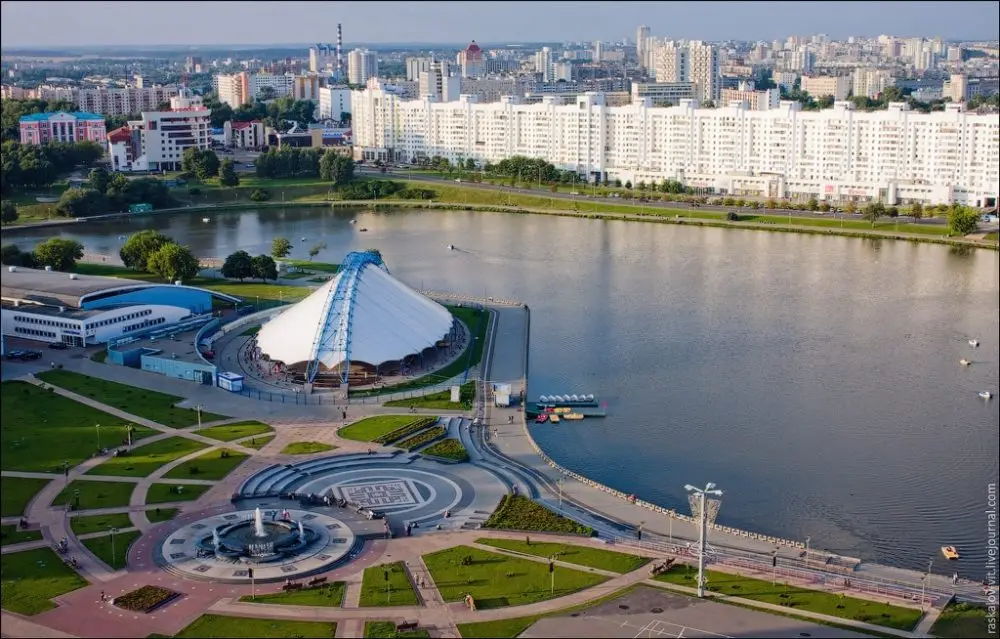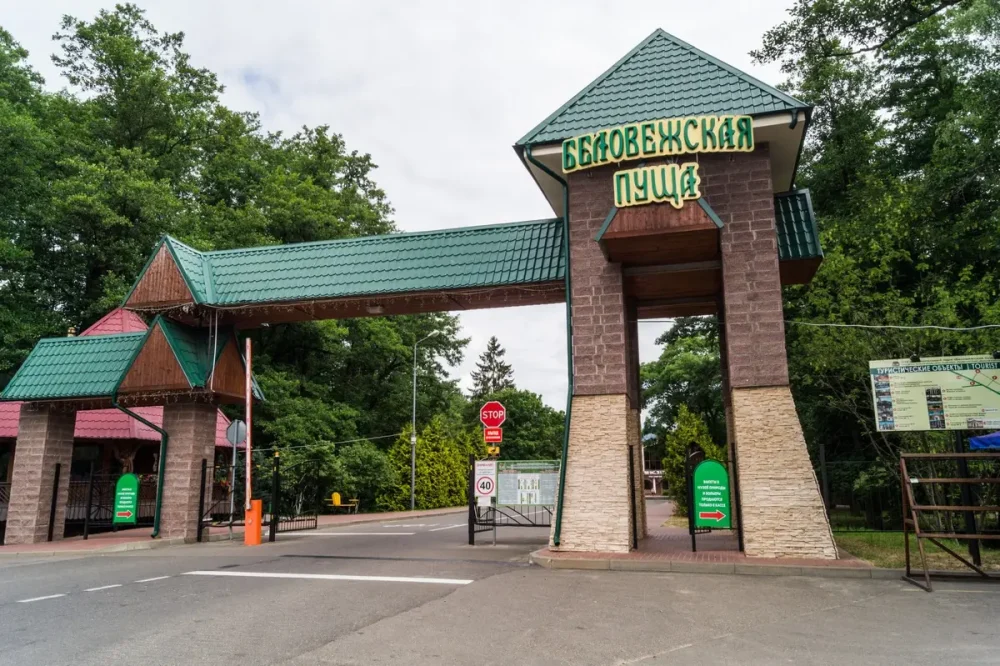The mild climate, favorable ecology, and developed medical facilities make sanatoriums near Minsk an attractive destination for health improvement.
The Minsk region offers various formats, from classic balneotherapy to modern SPA complexes that combine prevention with a high level of comfort. The review presents the most worthy locations that combine nature, medicine, and quality service.
Advantages of recuperation in the Minsk region
The location of most health resorts in pine forests, on riverbanks, and lakeshores creates a unique recreational climate. The distance from major industrial facilities, combined with developed infrastructure, creates ideal conditions for recovery. The proximity to the capital also plays an important role — sanatoriums near Minsk are accessible for short stays as well as for extended treatment courses.
The medical facilities include procedures to improve the cardiovascular, musculoskeletal, respiratory, and nervous systems. Based on modern diagnostic methods, prevention programs, and individual recovery schemes. All accompanied by a high level of service, balanced nutrition, and diverse leisure activities.
Review: the best sanatoriums in the Minsk region with reviews and results
Among the large number of facilities, special attention is deserved by:
- “Krinitsa” — specializing in cardiovascular diseases, offering a powerful hydrotherapy facility and comfortable accommodation;
- “Lesnoe” — an ecologically clean area, a wide range of procedures, an active recreation and sports program;
- “Pridneprovsky” — known for its mud therapy programs, detox and recovery courses, and extensive natural territory;
- “Zhuravushka” — focused on neurology and musculoskeletal disorders, equipped with modern prevention and physiotherapy methods;
- “Belorusochka” — developed medical facilities and a convenient location near Minsk.
Each of the mentioned establishments has positive reviews and stands out for the professionalism of the staff and the ability to quickly reach them by both private and public transport.
Services and treatment directions available at sanatoriums
In addition to classic water treatments, many sanatoriums near Minsk offer a wide range of additional programs. The main directions include:
- treatment of chronic diseases using climatotherapy, balneology, massage, and inhalation;
- health improvement and stress reduction programs focusing on relaxation and nervous system recovery;
- strengthening the immune system and comprehensive measures for preventing seasonal illnesses;
- detailed diagnostic examinations involving specialized specialists;
- rehabilitation after injuries, surgeries, and acute illnesses.
This treatment organization makes complexes attractive for both the elderly and active city dwellers seeking recovery in natural conditions.
Best programs and amenities: what do packages include?
The range of services may vary, but most courses include:
- accommodation in rooms of various categories (from standard to deluxe);
- three- or five-meal plans based on a customized menu;
- main therapeutic procedures as prescribed by a doctor;
- access to gyms, pools, relaxation areas;
- participation in cultural and leisure activities.
In some cases, treatment courses are purchased separately from accommodation, but a full package remains the most advantageous and convenient option. Additionally, it is recommended to book in advance during peak seasons.
Recreation and treatment near Minsk: who is it suitable for?
Recreation in sanatorium conditions is an ideal solution for those in need of systematic medical support or simply looking to restore vitality. Sanatoriums near Minsk are particularly popular among:
- pensioners and people with chronic illnesses;
- those recovering from surgeries and hospitalizations;
- office workers and city residents in need of relaxation;
- couples wishing to undergo recovery together;
- employees receiving compensation through social packages or union programs.
The choice should be based on specialization, price, infrastructure, and transport accessibility. This will help achieve the maximum results from a prevention or treatment course.
Sanatoriums near Minsk: key location advantages
The format of health resorts close to the capital allows for receiving medical assistance without the need for long journeys. The main advantages of the region include:
- transport accessibility: good connections with Minsk and the region;
- developed medical facilities with constant method updates;
- ecological cleanliness: forests, lakes, absence of industrial zones;
- combination of comfortable accommodation and affordable prices at sanatoriums in Belarus;
- emphasis on an individual approach to each stay and high-quality service.
Thus, sanatoriums become an optimal choice for those who value not only health but also quality leisure.
Current offers for 2025: where to book advantageously?
When planning a vacation for 2025, it is worth considering offers that have already entered the rating of sanatoriums in the Minsk region for 2025. Many health resorts offer early booking with fixed prices. Among the current offers are transfers from railway stations, flexible check-in dates, and promotions for couples.
Moreover, many complexes have updated their medical facilities, added sports areas, introduced consultations with psychologists and dieticians. More and more packages include SPA procedures, recovery programs after COVID-19, and rehabilitation courses for workers with chronic fatigue. The most modern sanatoriums actively develop digital services, including online appointment scheduling for procedures and electronic patient diaries.
Conclusion
Modern sanatoriums near Minsk are an effective combination of medicine, nature, and comfort. The variety of programs, qualified staff, and transport accessibility make them popular among a wide audience.
In the face of growing interest in prevention and health improvement, the Minsk region offers current solutions for every taste — from budget courses to premium packages. In 2025, sanatorium vacations continue to be a stable trend amid the global demand for health and recovery.
 en
en  ar
ar  de
de  es
es  fr
fr  nl
nl  ru
ru  hi
hi  it
it  pt
pt  el
el 



